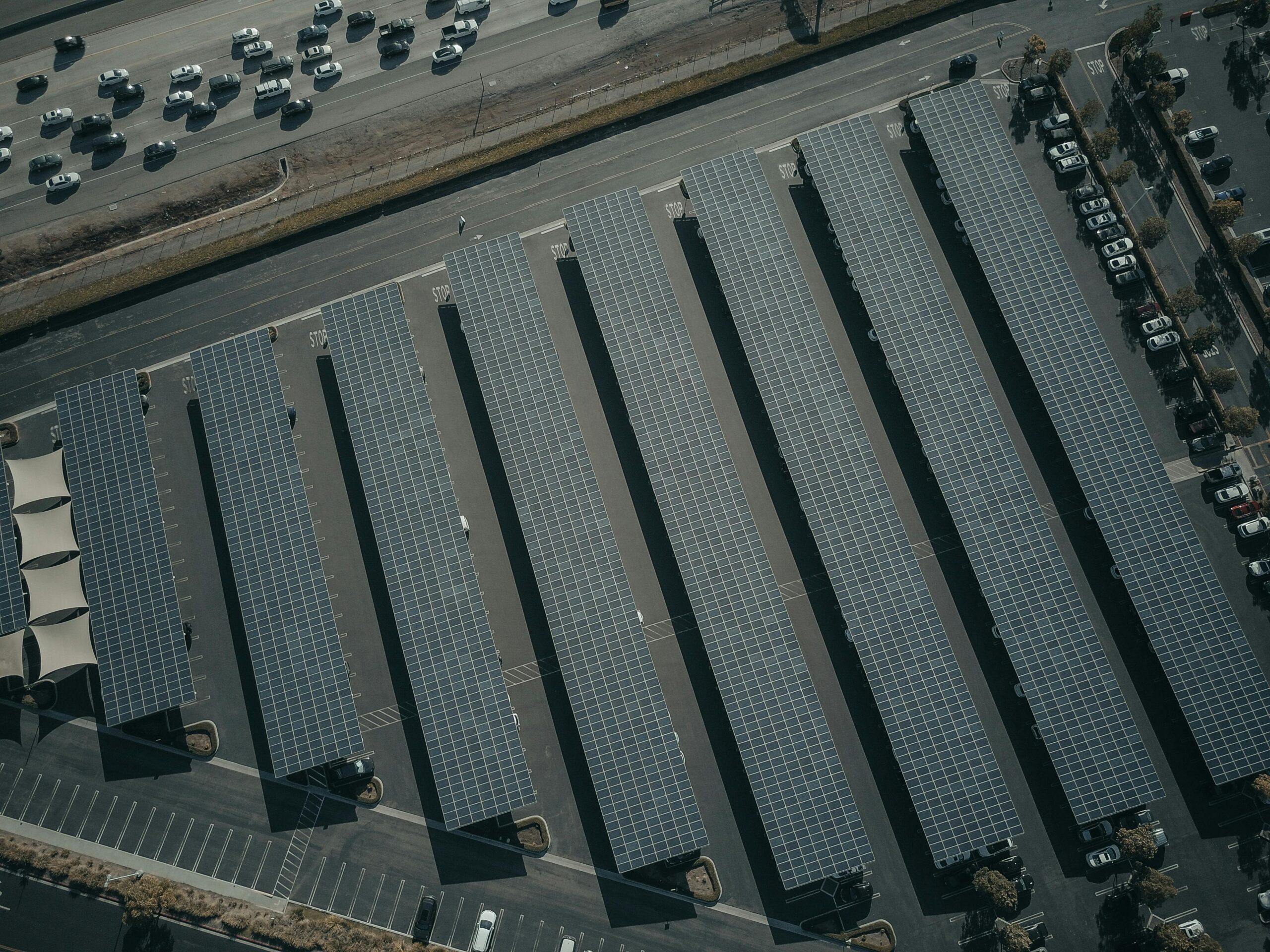Exploring the Benefits of Solar-Powered EVs in Urban Mobility
As cities across the globe strive to reduce carbon emissions and rethink sustainable transport systems, the integration of solar technology into electric vehicles (EVs) is emerging as a promising innovation. Solar-powered EVs, or solar electric vehicles (SEVs), combine photovoltaic (PV) panels with electric drivetrains to harness clean, renewable energy directly from the sun. Although the technology is still developing, its potential benefits within urban mobility are becoming increasingly evident.
Reducing Grid Dependency
Traditional EVs rely heavily on the electricity grid for charging-often drawing power from sources that may still include fossil fuels. Solar-powered EVs, however, can generate and store a portion of their energy independently, reducing pressure on urban grid infrastructure.
This is particularly advantageous in dense city environments where public charging points may be limited, costly, or overburdened. Solar charging allows for greater autonomy, helping commuters top up their vehicle’s battery while parked outdoors, at work, or even whilst driving. It also opens new possibilities for off-grid EV use in areas with unreliable or congested electricity networks.
Enhancing Sustainability
Integrating solar energy into EVs further reduces lifecycle emissions, making urban transport more environmentally responsible. By sourcing part of their power directly from sunlight, SEVs reduce the need for electricity generated from non-renewable sources. This not only lowers emissions per journey but also contributes to cleaner air in congested cities where air pollution remains a serious health concern.
In cities working towards ambitious net-zero targets, solar-powered EVs represent a logical next step-offering a genuinely renewable transport solution that aligns with broader climate and sustainability goals.
Lower Operating Costs
Solar integration can significantly reduce the day-to-day running costs of owning and operating an electric vehicle. By supplementing grid electricity with free solar energy, drivers may enjoy lower charging expenses over time. For fleet operators, delivery services, and ride-sharing platforms operating in urban areas, these savings could become a considerable financial advantage-particularly as fuel and energy prices continue to fluctuate.
Moreover, with fewer mechanical components than internal combustion vehicles, SEVs also benefit from reduced maintenance requirements, helping to lower the overall cost of ownership.
Increasing Range and Reducing Range Anxiety
One of the major psychological barriers to EV adoption-especially in city environments-is range anxiety. While most urban commutes are well within the range of modern EVs, the fear of running out of power remains a concern for many potential drivers.
Solar panels integrated into the bodywork of SEVs can extend the vehicle’s range incrementally throughout the day, especially in sunnier climates. This passive charging helps offset daily energy consumption and boosts driver confidence-offering an additional layer of convenience without relying solely on public charging infrastructure.
Conclusion
As urban centres become smarter and more sustainable, solar-powered EVs offer a compelling vision for the future of city transport. They reduce grid demand, lower emissions, cut operating costs, and provide greater flexibility for everyday users. While the technology is still evolving, its potential to reshape urban mobility is already gaining momentum-demonstrating that the future of transport might just be powered by the sun.
